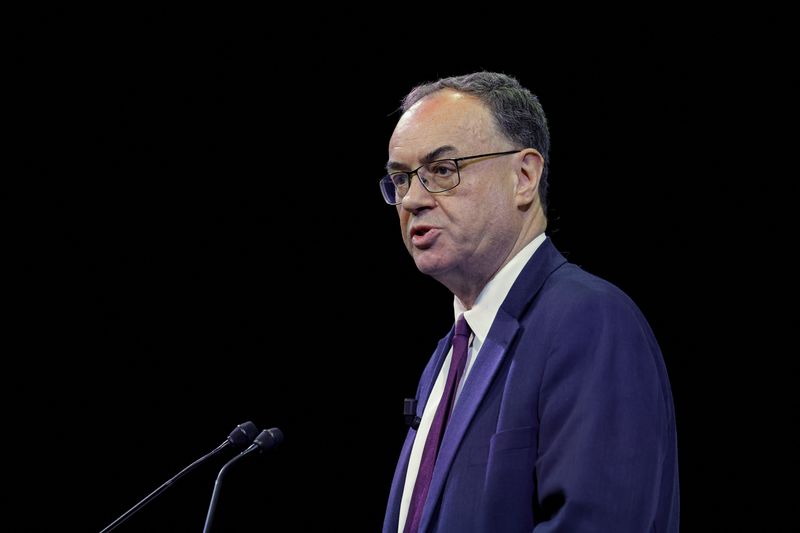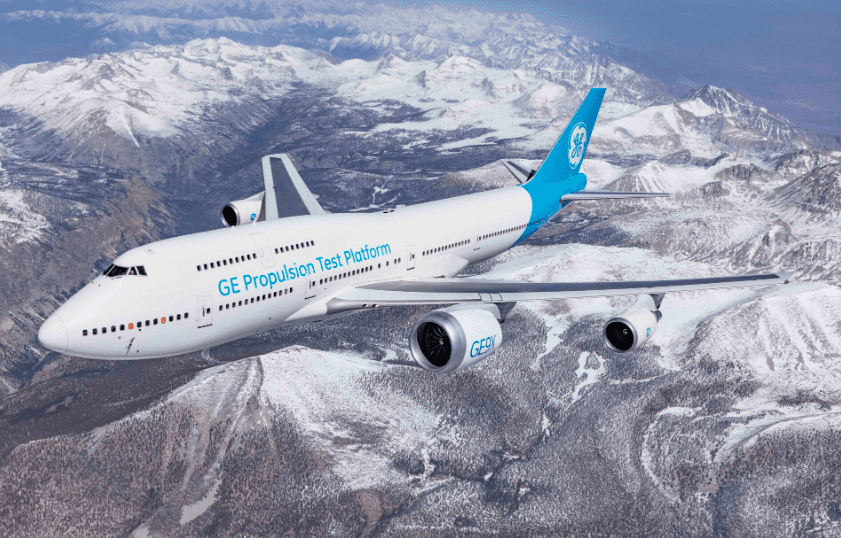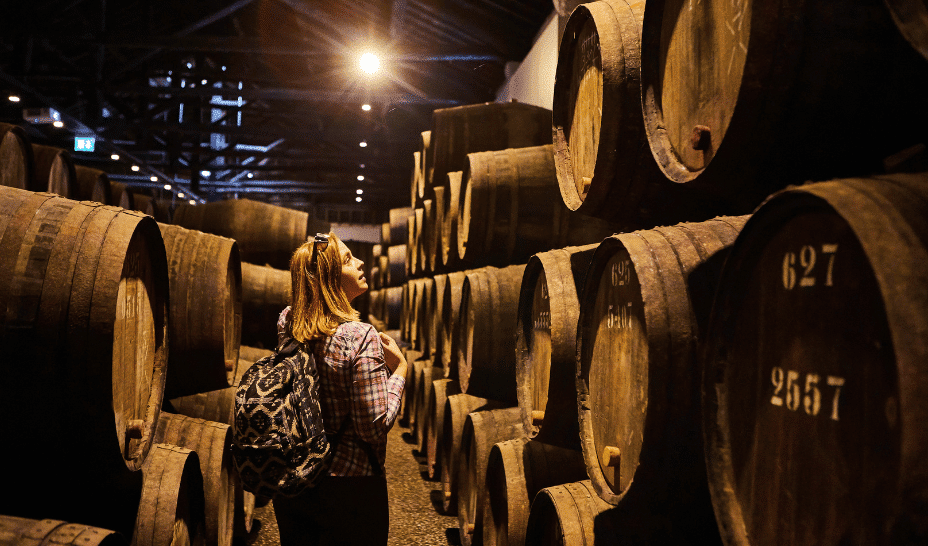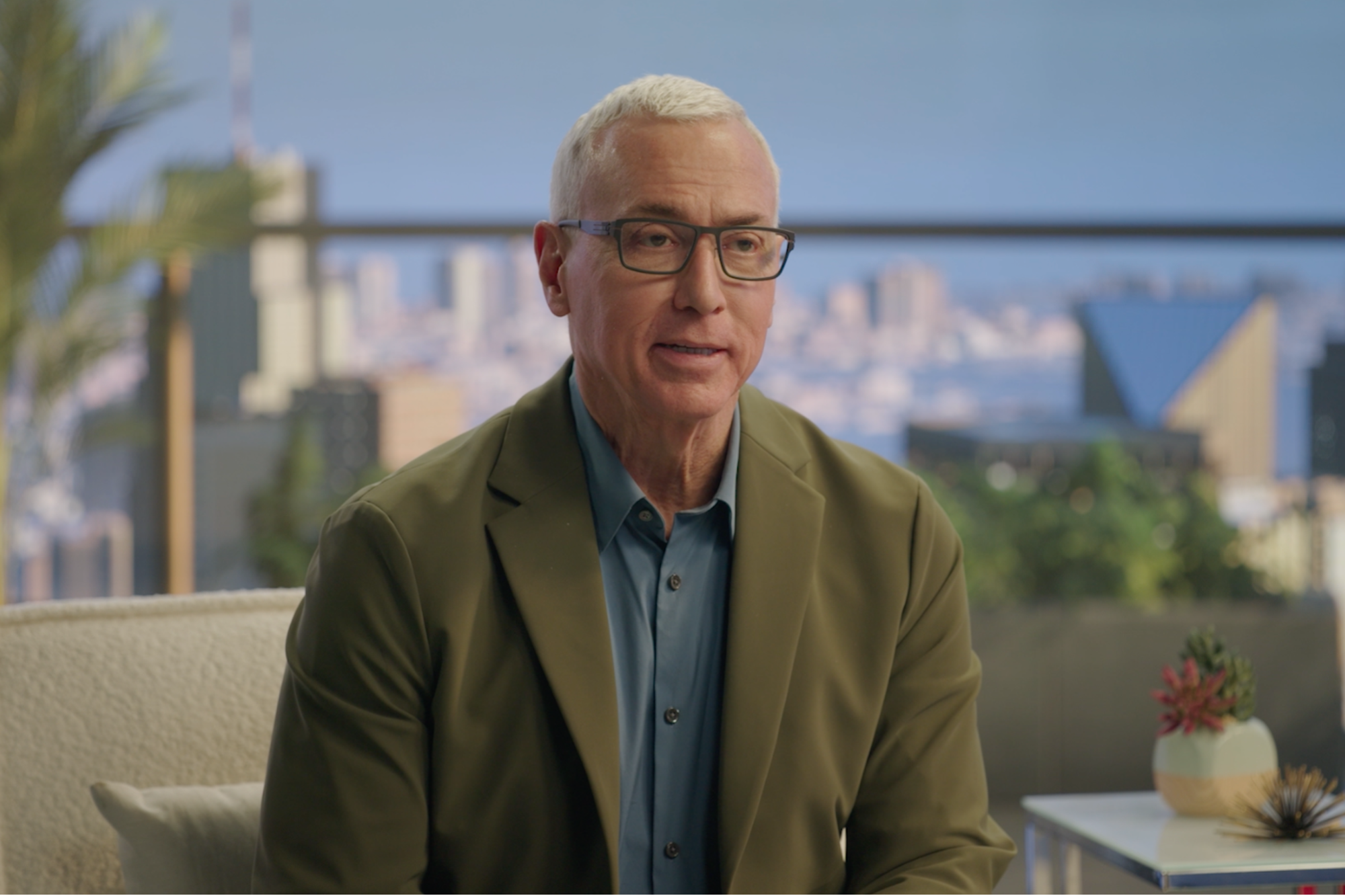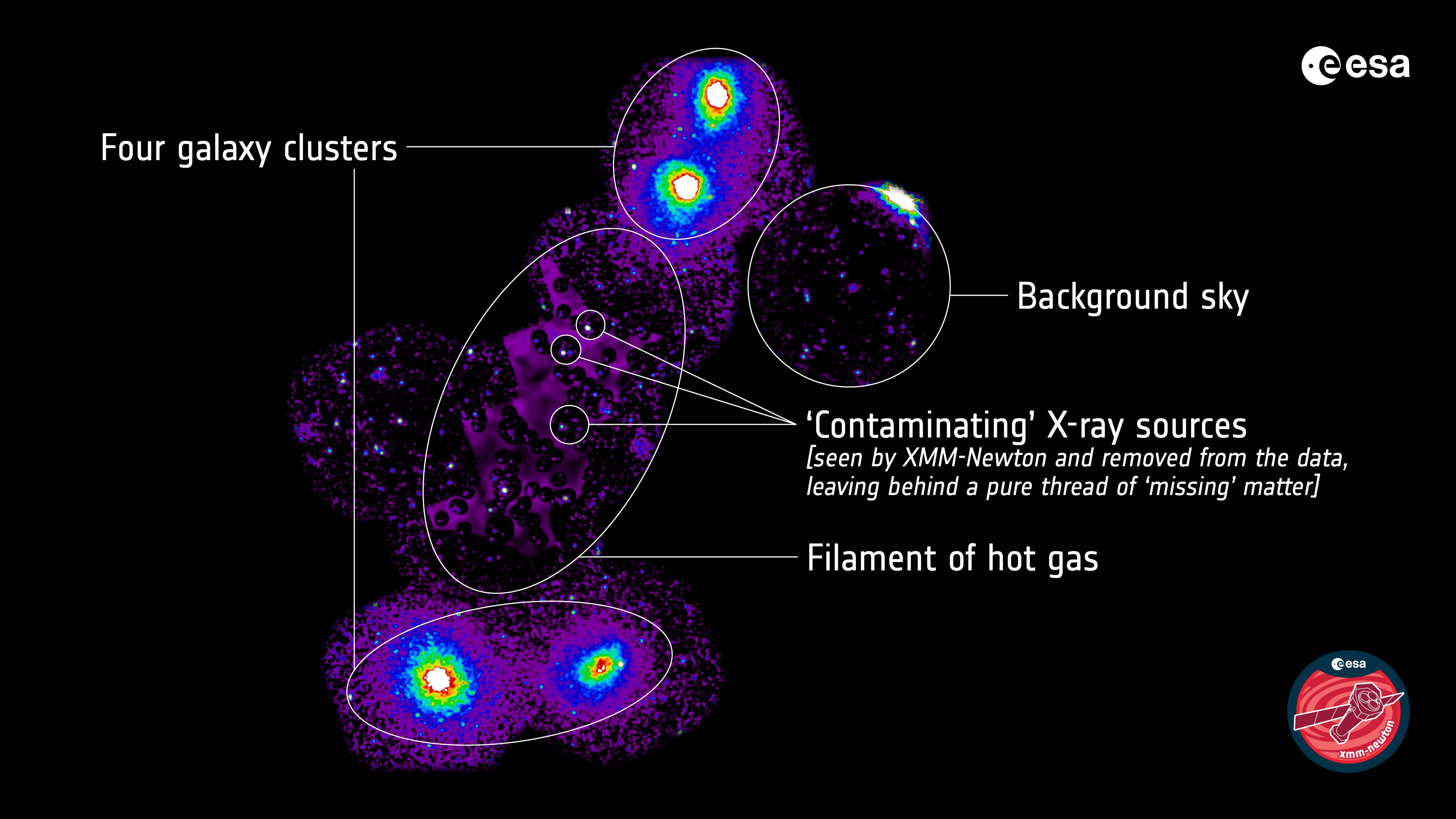The 1 Trillion Dollar Mega Project to Save America
An audacious plan to solve America’s water crisis by reshaping a continent—with dams, canals, and 4,000 km of infrastructure
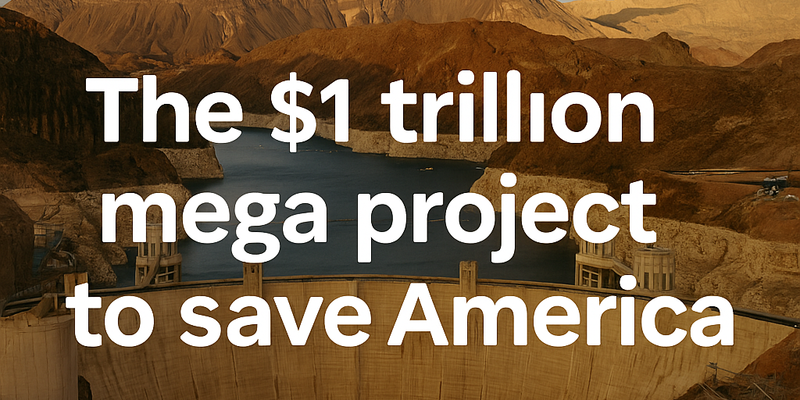

In the 1960s, a little-known but wildly ambitious plan almost changed the course of North American history—literally. Amid the post-war boom, as industries expanded and millions of Americans flocked to the dry western states, water scarcity became an existential concern. The U.S. was withdrawing over 270 billion gallons of water daily by 1960, up from 180 billion a decade earlier. And while the eastern U.S. had ample rainfall, the West—including California, Nevada, Arizona, and Texas—faced chronic shortages due to low precipitation and high evaporation.
Enter Ralph M. Parsons, an engineer and entrepreneur whose company had built everything from ICBM launch sites to oil refineries. Parsons proposed a radical idea: redirect the abundant river systems of northwestern Canada and Alaska into the parched interior of the U.S. and northern Mexico. The proposed name? The North American Water and Power Alliance (NAWAPA).
The Plan: Move Mountains, Redirect Rivers
The NAWAPA project would have spanned over 4,000 kilometers and involved 369 sub-projects, including:
- Building massive dams in the Yukon, Peace, and Liard Rivers
- Creating high-elevation reservoirs to use gravity for flow and energy generation
- Constructing an artificial super-river in the Rocky Mountain Trench
- Laying down a vast network of tunnels, canals, and pumping stations across the continent
Water from Alaska and British Columbia would flow south into Montana and Idaho, split across the western states, and even extend into Mexico. Simultaneously, a portion would be diverted east to replenish the Great Lakes and feed Canada’s agricultural heartland.
In total, the U.S. would gain 78 million acre-feet of water annually, enough to expand irrigable land by 60,000 square miles, while Mexico would triple its irrigable land area and gain access to 2 GW of clean hydroelectric power. Canada would also benefit, with a plan to add a navigable waterway from Alberta to Lake Superior, boosting inland trade and stabilizing water levels in the Great Lakes.
The Cost of Ambition
The estimated cost? $100 billion in 1964 dollars—roughly $1.1 trillion today. That’s nearly double the cost of President Eisenhower’s entire Interstate Highway System.
But NAWAPA wasn’t just expensive; it was colossal in scope. The project required:
- 200 million sacks of cement
- 30 million tons of steel
- 100,000 tons of copper and aluminum
- A 30-year construction timeline
- An estimated 4 million new jobs
Parsons argued that the investment would pay off within 50 years through water and electricity revenues. In theory, it sounded viable. But in practice, NAWAPA’s international scope made financing and collaboration extremely fragile.
The Engineering? Feasible. The Politics? Not so Much.
From a technical standpoint, the plan was achievable. The U.S. had already built marvels like the Hoover Dam, Parker Dam, and All-American Canal. And Parsons’ track record gave the project credibility. Congressmen and senators from water-starved states enthusiastically backed it. Even Canada’s prime minister appeared intrigued.
But the environmental movement was gaining momentum. Critics warned that damming major rivers like the Yukon would destroy fish migration paths, flood vast wilderness areas, and disrupt Indigenous communities—especially in northern Canada where over 20% of Yukon’s population is Indigenous.
Environmentalists labeled the proposal the “hydrologic antichrist.” By the 1970s, public support for massive ecological interventions began to crumble, and with it, so did political will.
Could NAWAPA Work Today?
In 2012, a group of political activists revived the idea, releasing a proposal titled NAWAPA XXI. However, the world today is even more cautious about large-scale environmental interventions. Concerns about climate change, Indigenous rights, and ecological preservation would likely kill any attempt to revisit the original proposal in full.
That said, climate pressures are rising, and the American West is still dangerously dry. Lake Mead—the largest U.S. reservoir formed by the Hoover Dam—has seen historic lows in recent years. With over 40 million people depending on the Colorado River Basin, the urgency remains.
Smaller, decentralized versions of NAWAPA—using modern technologies like desalination, pumped hydro, and closed-loop recycling—might emerge as feasible, eco-conscious alternatives. But the dream of reshaping a continent’s rivers with 1960s engineering optimism? That’s likely staying in the past.
Edited by Rahul Bansal































